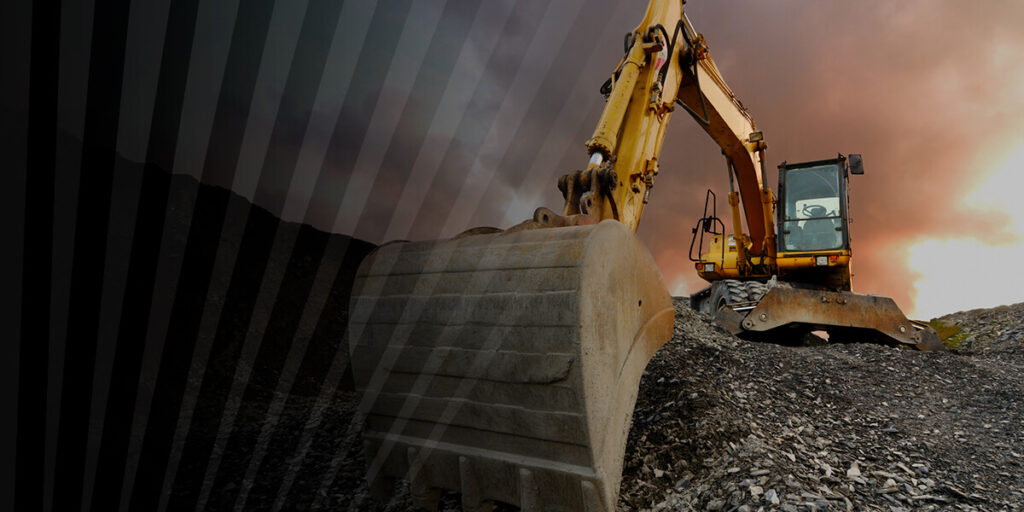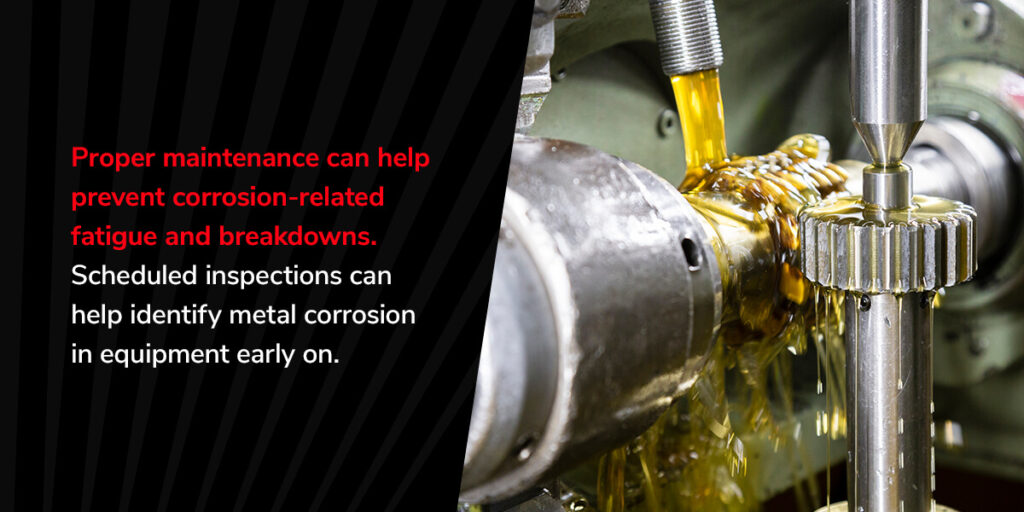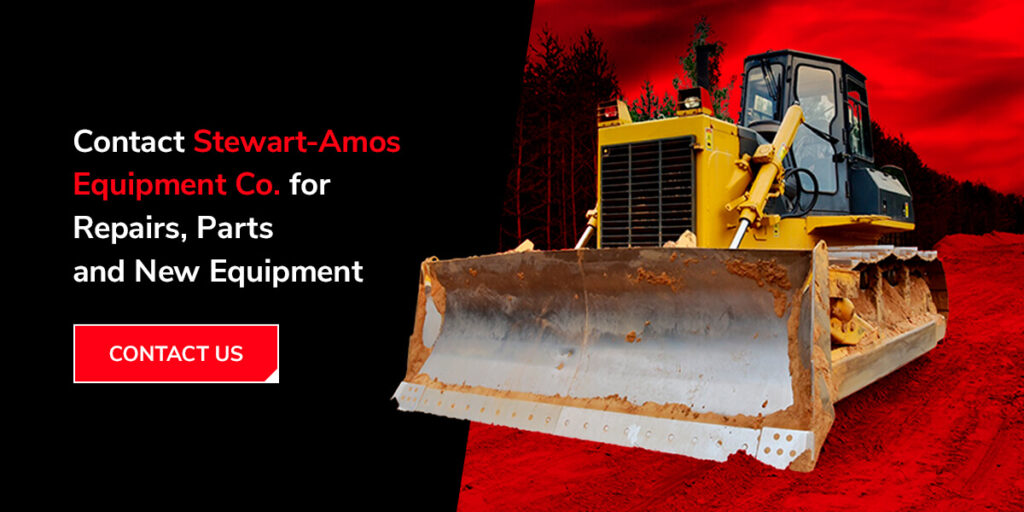

Did you know that each year, companies in the United States spend upwards of $100 billion on maintenance and repairs for facilities and critical equipment? Many factors warrant the need for heavy machine servicing. This guide will explore some prevalent mining and construction equipment issues along with key maintenance tips.
Why do machines wear out and break down? Here are the common heavy equipment problems and ways to prevent them.
Substances like water, dirt, metal and dust proliferate during manufacturing and construction processes. They can invade the hydraulic system and cause various issues.
Water and particulate matter can enter the system in different ways. They can accumulate within the system during operation, such as through wear and tear on the seals or metal edges. Debris from the surrounding environment can also enter through leaks and openings.
If the system is not properly flushed out, these lingering particles can cause functional problems or premature failure. Even small quantities of contaminants can gradually degrade fluids. Fluid degradation can decrease viscosity, reduce load-bearing capacity and ultimately wear out internal components when left unaddressed.
A professional fluid inspection can determine the source of hydraulic system contamination. Maintenance is also a must to keep these contaminants at bay. Replace dirty, clogged or damaged hydraulic filters, and regularly oil and lubricate your machine to prevent hydraulic pump issues.
Electrical failure is one of the most common heavy machinery issues. Numerous factors can cause electrical failure in heavy equipment, such as:
An electrical failure can wreak havoc on both your equipment and facility, causing significant downtime and putting on-site workers at risk. The Occupational Safety and Health Administration (OSHA) has electrical safety guidelines to protect equipment operators from shocks, fires and explosions.
Extensive safety training, risk assessments, voltage regulators and proper cord insulation are all crucial measures. Regular equipment maintenance can also minimize dust and debris buildup that often causes electrical issues.
A well-maintained undercarriage is essential to maintain stability, performance and longevity. But it is frequently exposed to demanding operating conditions, making it a common source of damage and failure. For instance, mining sites and other corrosive environments can deteriorate undercarriage components, reducing performance and life span.
Aside from natural stress and wear, here are some other reasons for undercarriage issues:
Maintenance tasks and thorough inspections — including alignment checks, tensioning, cleaning and part replacements — can sustain undercarriage performance and mitigate the need for costly repairs.
Additionally, harsh operating conditions like steep grading and rocky soil can fray undercarriage components. Try to limit these conditions as much as possible or factor them into a preventive maintenance schedule.

Corrosion and rust are common causes of equipment malfunction, especially for job sites in humid environments or those near standing water. Lubricant oxidation can produce organic acids in metals like zinc and iron, causing them to corrode. Corrosion can damage seals and other metal components over time.
Proper maintenance can help prevent corrosion-related fatigue and breakdowns. Scheduled inspections can help identify metal corrosion in equipment early on. That way, you can replace these components well before they cause more substantial issues. You can also use rust and corrosion inhibitors to minimize contact between metal equipment surfaces and corrosive substances, like water, salt and oxygen.
Here are some signs to bring your heavy equipment in for servicing:

Now that you can identify some of the most common problems with heavy machinery, it is important to know who to call for your repair and maintenance requirements.
We offer a wide selection of replacement parts and tools at Stewart-Amos Equipment Co. in Pennsylvania. Our experienced technicians provide high-quality maintenance and repair services, helping improve your equipment performance and longevity. Contact us today or call us at 800-482-2302 for your equipment repair and replacement needs. We look forward to assisting you!